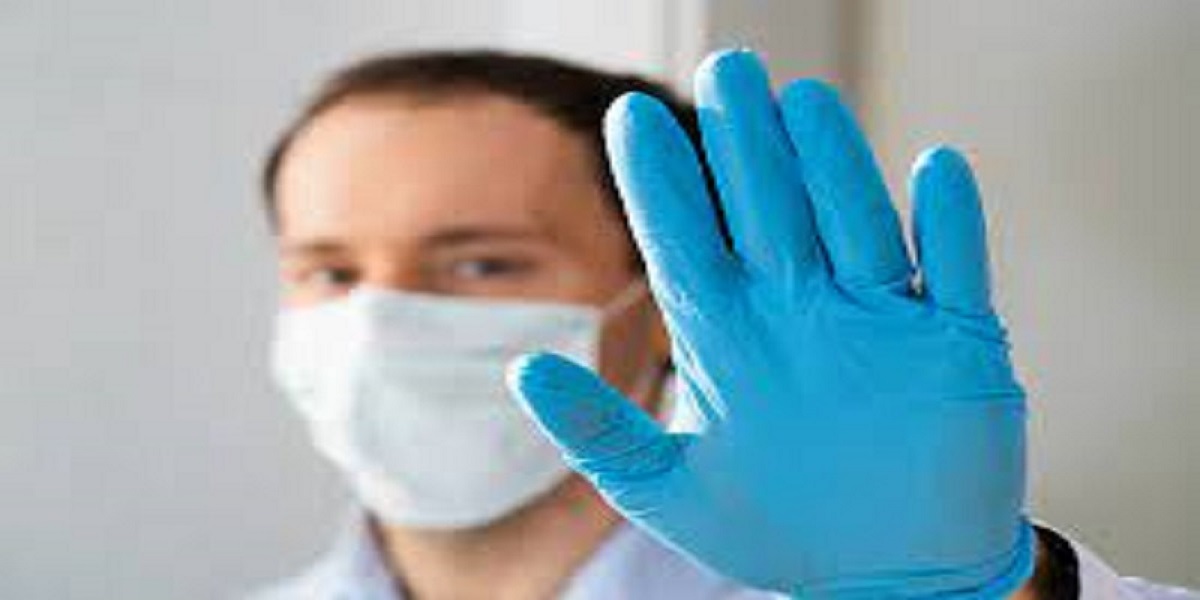
Types of Gloves Required by Medical Professionals
Medical professionals are required to wear gloves for a variety of reasons. They protect against the transfer of germs and bacteria, and they also help to prevent the spread of infection. In addition, they protect health professionals from exposure to hazardous materials. Three main types are used in the medical field: latex, nitrile, and vinyl. Latex ones are the most common type used, as they provide an effective barrier against bacteria and viruses. However, some people are allergic to latex, which can cause skin irritation. Nitrile ones are made from a synthetic material that is resistant to tearing and punctures. They are also less likely to cause allergic reactions than latex. Vinyl is the least expensive type, but they are less effective at preventing the transfer of germs and bacteria. As a result, vinyl is typically only used for short-term procedures that do not involve contact with bodily fluids.
There are different types required by professionals, depending on the type of work they perform. In general, they should wear ones when they come into contact with blood, other body fluids, or any potential contaminants. Each type has its specific purpose and function. Here is a breakdown of the different types required in a piece of medical equipment. They should be worn when coming into contact with blood, other body fluids, and potential contaminants.
ESSENCE OF GLOVES USED IN DIFFERENT MEDICAL SETTINGS
Hand clothing is worn as a part of personal protective equipment that is used in a healthcare setup. They are worn by various people involved in health care services including doctors, nurses, laboratory workers, researchers, technicians, cleaning attendants, etc. The main purpose behind its usage is to act as a barrier between the healthcare workers’ hands and the patient and his or her surroundings. This aids in preventing the spread of infections from healthcare providers to patients and also vice versa.
The patient can be a source of infection through his blood, respiratory secretions, mucous, or broken or intact skin. There are high chances of getting infected with blood-borne diseases like HIV and hepatitis B and C and other diseases which include conditions like psoriasis, coronavirus infection, etc. The invention of such products and their continuing usage in the present world has brought down the incidence of many diseases across the whole world.
DIFFERENT TYPES OF CLINICAL GLOVES ARE REQUIRED FOR DIFFERENT PROCEDURES
Different types of medical hand clothing are required by healthcare professionals, depending on the procedure being performed. All the different types of gloves play an important role in ensuring the safety and effectiveness of medical care.
The latex gloves are the earliest gloves that came into existence and were used. It is highly elastic and has a very good fitting which led to its widespread use all across the world. The perception of touch is very fine through the latex gloves. The nitrile gloves are non-allergic, puncture-resistant, and can be used in a sterile environment. These come in blue or black colour so that in case of any puncture, it can be easily visualized and then replaced with another set of gloves. Then there are vinyl gloves, these are also latex-free and cheap. However, these are useful only in non-sterile environments hence having no role in surgical procedures. These provide relatively weaker protection against body secretions, chemicals, and chemotherapeutic drugs, hence their use is very limited.
CONCLUSION
The type of hand clothing that medical professionals wear is important to protect them and the patients they are caring for. It is essential that healthcare workers understand the different types available to them and when each type should be used. By wearing the correct ones, clinical professionals can help prevent the spread of infection and keep both themselves and their patients safe.
Leave a Comment
© Copyright © 2024 gwsmed.com | GWS Surgicals LLP. All rights reserved.
| |




Comment (0)
No Comments Yet. Be the first one.